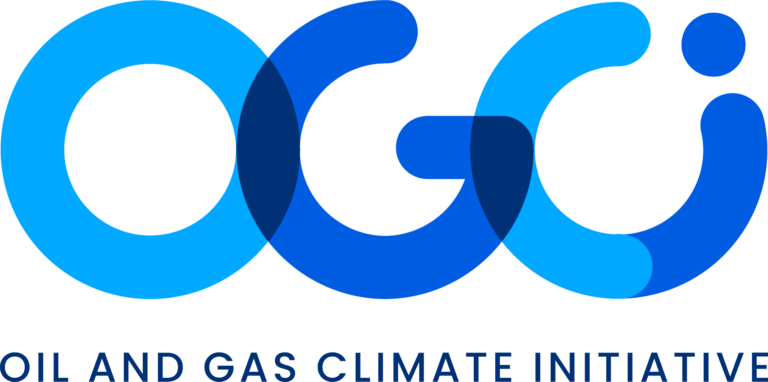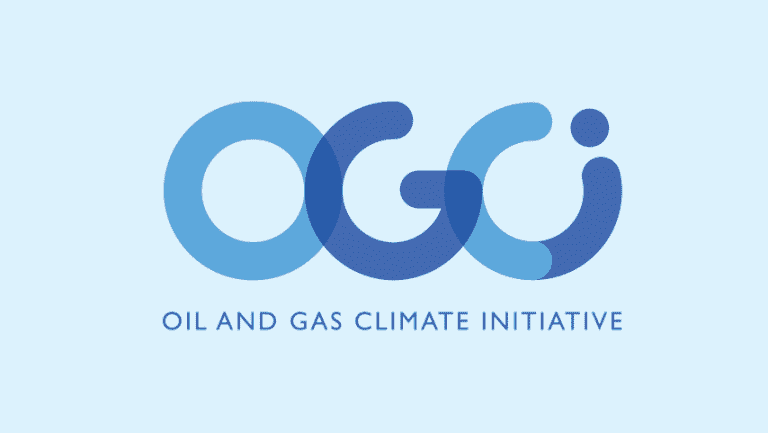- OGCI companies set a target to reduce by 2025 the collective average methane intensity of aggregated upstream oil and gas operations
- Announcement comes as OGCI welcomes the addition of three US companies
New York City, New York, USA, September 24, 2018:
The Oil and Gas Climate Initiative (OGCI) today announced a target to reduce by 2025 the collective average methane intensity of its aggregated upstream gas and oil operations by one fifth to below 0.25%, with the ambition to achieve 0.20%, corresponding to a reduction by one third.
The methane intensity refers to the methane that gets lost in the atmosphere when producing oil and gas, as a percentage of the gas sold. This effort represents a significant milestone in tackling a key issue in the fight against climate change and underlines OGCI’s stance in working together to support the goals of the Paris Agreement.
Achieving the agreed intensity target of 0.25% by the end of 2025 would reduce collective emissions by 350,000 tonnes of methane annually, compared to the baseline of 0.32% in 2017.[1]OGCI will seek to go beyond this target, to achieve as much as one-third reduction in the same timeframe.
“Our aim is to work towards near zero methane emissions from the full gas value chain in support of achieving the goals of the Paris Agreement. We have worked to make our ambition concrete, actionable and measurable, helping to ensure that natural gas can realize its full potential in a low-emissions future,” the heads of the OGCI member companies said.
To reduce the OGCI’s collective methane emissions intensity, member companies will target key emissions sources. OGCI members are also engaging with other companies in the industry to help ensure that methane emissions are addressed across the full gas value chain.
This methane target comes as OGCI welcomes Chevron Corporation, Exxon Mobil Corporation, and Occidental Petroleum, three US majors that together represent 5% of global oil and gas production, to the initiative.
The new OGCI members support the collective methane reduction target and are aligned with OGCI collective goals, including recognition and support of the Paris Agreement, collective reporting, and a commitment to the aims of Zero Routine Flaring by 2030. They reinforce the capacity of OGCI’s work programs and share OGCI’s focus on developing a collective roadmap on carbon capture, use and storage. In addition, each will commit $100 million dollars to the OGCI Climate Investments fund.
Through its USD +1 billion investment fund OGCI Climate Investments, OGCI aims to increase the ambition, speed and scale of initiatives to reduce greenhouse gases. Today, OGCI Climate Investments announced its 2018 investments, focused on recycling and storing CO2 and on reducing methane emissions. Deployment of these technical solutions will support OGCI’s mandate.
In order to expand its global impact, OGCI Climate Investments today jointly announced with CNPC (the Chinese National Petroleum Corporation) that they are partnering to create OGCI Climate Investments China, an investment fund focused on China.
ABOUT THE OIL AND GAS CLIMATE INITIATIVE:
The Oil and Gas Climate Initiative aims to increase the ambition, speed and scale of the initiatives undertaken by its individual companies to help reduce manmade greenhouse gas emissions, in particular from the production and use of oil and gas in power, heating, industry and transport. Its USD $1+ billion investment arm, OGCI Climate Investments, supports the development, deployment and scale-up of low emissions technology and business models. Launched in 2014, OGCI is now made up of 13 oil and gas companies: BP, Chevron, CNPC, Eni, Equinor, ExxonMobil, Occidental, Pemex, Petrobras, Repsol, Saudi Aramco, Shell and Total.
To learn more about OGCI, please visit www.ogci.com.
Contacts: Media Enquiries: E. OGCI@hkstrategies.com T. +44 (0)207 413 3448
[1]OGCI baseline in 2017 is 0.32% for the existing 10 member companies and accounts for total upstream methane emissions from all operated gas and oil assets. Emissions intensity is calculated as a share of marketed gas. The reduction is calculated on the basis of the volume of natural gas that reached the market in 2017. It should be noted that the 0.32% baseline and the collective annual reduction of 350,000 tonnes of methane emissions to reach the collective methane intensity target do not reflect the contribution of the three new US member companies (Chevron Corporation, Exxon Mobil Corporation, and Occidental Petroleum), that officially joined OGCI today.
The detailed methodology and assumptions are publicly available on the OGCI website.




